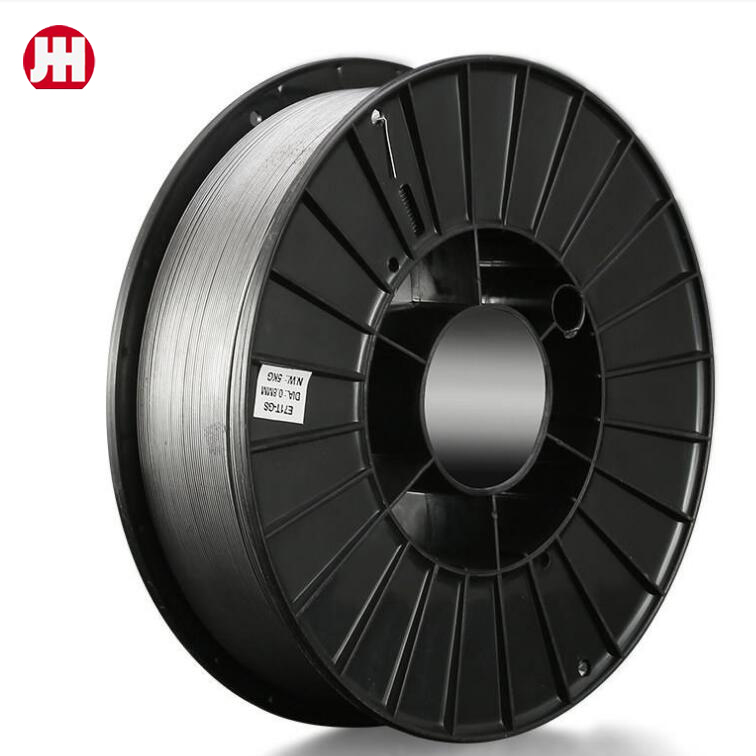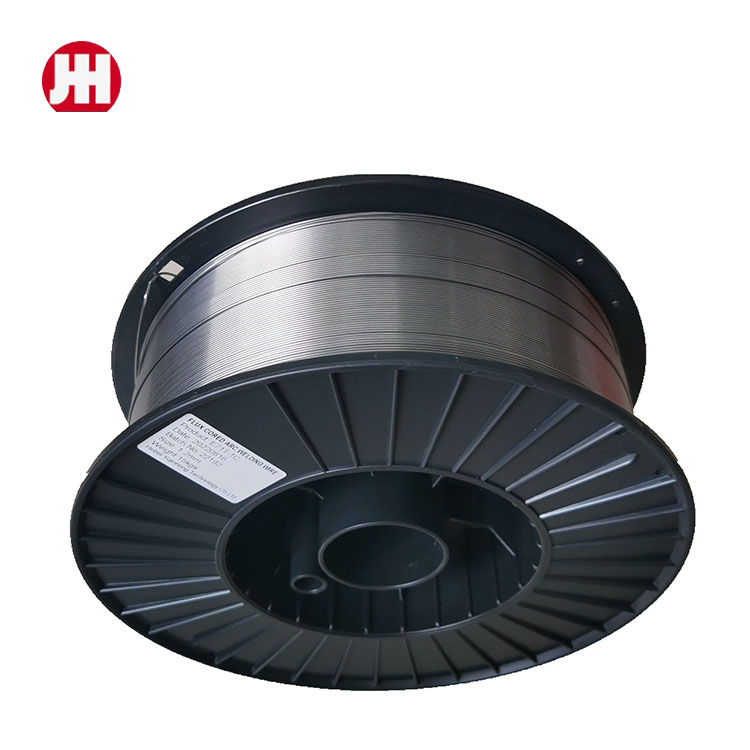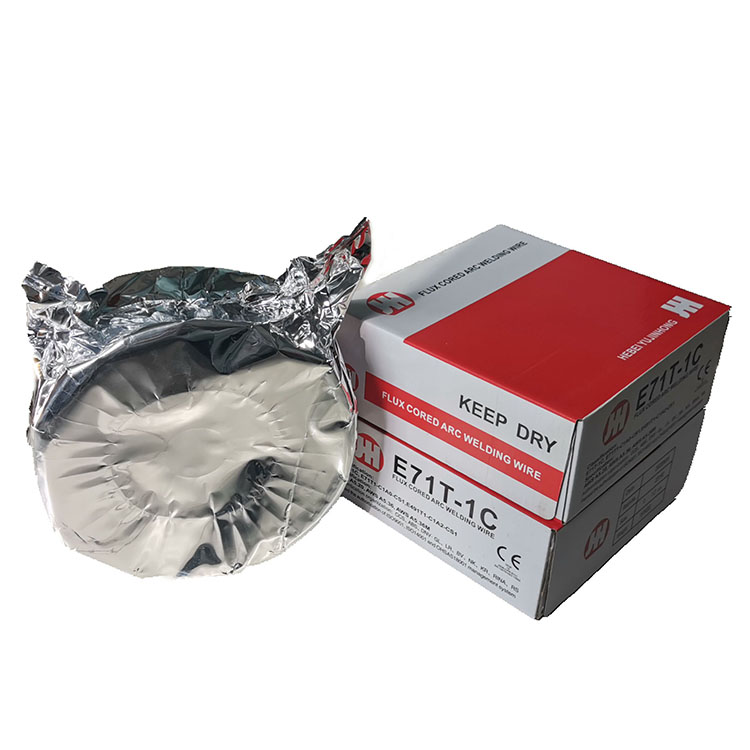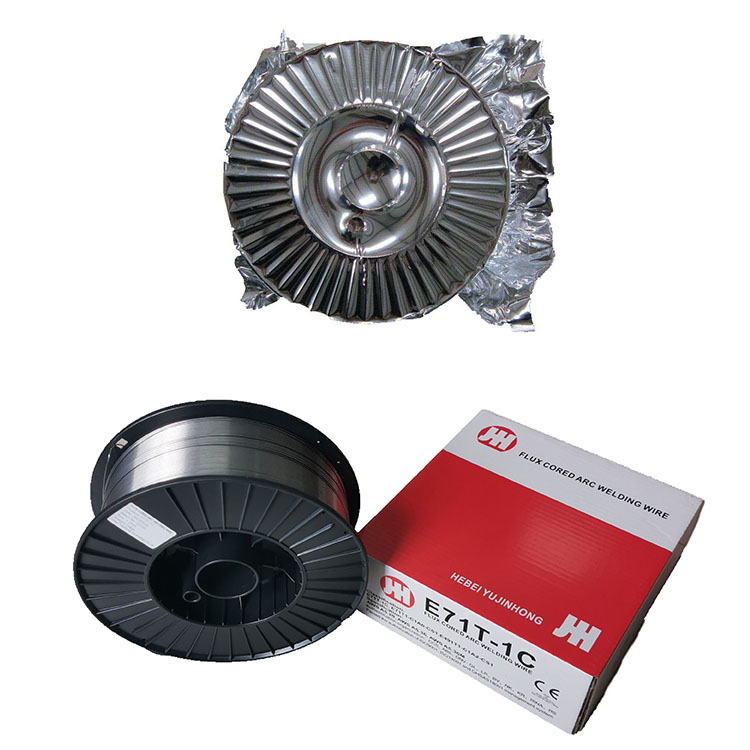0.8 mm Gasless MIG Wire - Low Spatter, Clean, Outdoor
Hands-on Notes from the Shop Floor: 0.8 mm Flux-Cored for Gasless MIG
If you’ve ever chased clean welds without dragging a gas bottle around, you’ve probably flirted with 0.8 Mm Gasless Mig Wire. I’ve run miles of it on thin-gauge sheet and out in the wind; to be honest, it’s one of those consumables that rewards good setup and a light touch. The product family I’ve been tracking lately is sold as “Flux Cored Welding Wire 0.8mm-1.2mm CO2”—and while that headline suggests gas-shielded work, the supplier also supports self-shielded specs in 0.8 mm. In practice, you can spec it either way depending on the job and code.

What it is (and why it works)
Flux-cored wire—also called powder-cored or tubular wire—packs a blended flux into a formed steel strip. For 0.8 Mm Gasless Mig Wire, that flux creates the shielding cloud, deoxidizers, and slag system right in the arc. In controlled shops, some teams still opt for CO2-shielded cored wire for higher deposition rates, but field crews often prefer self-shielded 0.8 mm to keep mobility and reduce wind sensitivity.

Product snapshot (real-world values may vary)
| Parameter | Typical Value ≈ | Notes |
|---|---|---|
| Diameter | 0.8 mm (also 0.9–1.2 mm) | Tighter bead control on thin sheet |
| Classification | AWS A5.20 E71T-GS / E71T-11 (self-shielded); E71T-1C (CO2) | Choose per procedure and code |
| Tensile Strength | ≥ 490 MPa | Per AWS/ISO classification |
| Polarity | DCEN for gasless; DCEP for many CO2 cored | Verify WPS |
| Spool Size | 1–5 kg common | Shop or site-friendly |
Materials and process: cold-rolled steel strip is formed, flux-packed, closed, drawn to size, copper-coated (when specified), precision wound, then baked to low moisture. Testing includes wire cast/helix, diffusible hydrogen, X-ray on sample welds, and mechanicals (tensile/impact). Shelf life is typically 12 months sealed; store below 60% RH.

Where it shines
- Automotive body and exhaust patches (0.8–1.2 mm sheet)
- Farm gates, fencing, field repairs—wind and dust happen
- Light fabrication, HVAC brackets, site installs
- Maintenance on construction gear where gas cylinders are a pain
Many customers say 0.8 Mm Gasless Mig Wire gives a “no-fuss arc” once you dial wire speed and stickout (I keep it about 10–12 mm). Slag peels easier on flat and horizontal; vertical-up needs practice—shorter stickout, slower travel.
Standards, certifications, and test notes
Look for AWS A5.20 or ISO 17632 markings, plus ISO 9001 factory QA. Some lots carry CE and marine approvals (ABS/LR) for the gas-shielded variants. Typical procedure verification shows 20–26 V, 60–120 A (0.8 mm), with all-position usability depending on classification. Impact values can be modest for gasless wires; check your WPS before attaching to anything critical.
Vendor comparison (informal, field-based)
| Vendor | Arc Stability | Spatter | Notes |
|---|---|---|---|
| SteelToolsChina (origin: NO.368 YOUYI NORTH STREET, XINHUA DISTRICT, SHIJIAZHUANG CITY, CHINA) | Smooth at low amps | Low–medium | Good bead wetting; consistent spools in my tests |
| Generic Import A | Inconsistent | Medium–high | Occasional porosity; flux voids suspected |
| Big Brand Flagship | Very stable | Low | Pricier; excellent QA, especially for CO2 variants |

Customization and process flow
You can request tailored flux chemistry (rutile/metallic additions), specific copper-coat thickness, or tighter cast/helix for robotic feeders. Process flow: strip slitting → U/O forming → flux loading → seam closure → multi-pass drawing → heat treatment/drying → coating → spooling → mechanical and weld tests → packaging with desiccant.
Mini case files
Municipal rail gate repair: Techs switched to 0.8 Mm Gasless Mig Wire to avoid windblown shielding gas. Repair time dropped ≈ 25%, spatter cleanup acceptable. No returns after 6 months of service.
Body shop patch panels: On 0.9 mm steel, short stitch welds with cool-down intervals prevented burn-through. Customers liked the “paint-ready” bead after a quick flap-disc pass.

Final thoughts
Actually, the headline here is flexibility: choose gasless for mobility, or spec the CO2 variant when deposition and code demand it. Either way, dial in voltage, keep stickout short, and let the slag do its thing. For sourcing, the “Flux Cored Welding Wire 0.8mm-1.2mm CO2” line from SteelToolsChina has been reliable and easy to get, with sensible lead times and steady QC.
Citations
- AWS A5.20/A5.20M: Specification for Carbon Steel Electrodes for Flux Cored Arc Welding.
- ISO 17632: Welding consumables — Tubular cored electrodes for gas-shielded and non-gas-shielded metal arc welding of non-alloy and fine grain steels.
- TWI (The Welding Institute): Flux Cored Arc Welding (FCAW) process guidance and best practices.
-
High-Quality Welding Electrodes 4.0mm*400mm for Industrial Use | Steel Tools ChinaNewsNov.24,2025
-
Explore the Benefits and Uses of 2.6mm Welding Electrode 6013 | Global GuideNewsNov.23,2025
-
Understanding CO2 Welding Wire Price: Global Impact, Trends, and TipsNewsNov.22,2025
-
Top Guide to Welding Wires CO2 – Specifications, Benefits & Industry UsesNewsNov.22,2025
-
Comprehensive Guide to Welding Electrode 6011 – Global Applications & BenefitsNewsNov.21,2025
-
AWS E6013 Welding Rod-HEBEI YUJINHONG TECHNOLOGY CO.,LTD.|All-Position Carbon Steel ElectrodeNewsNov.21,2025


